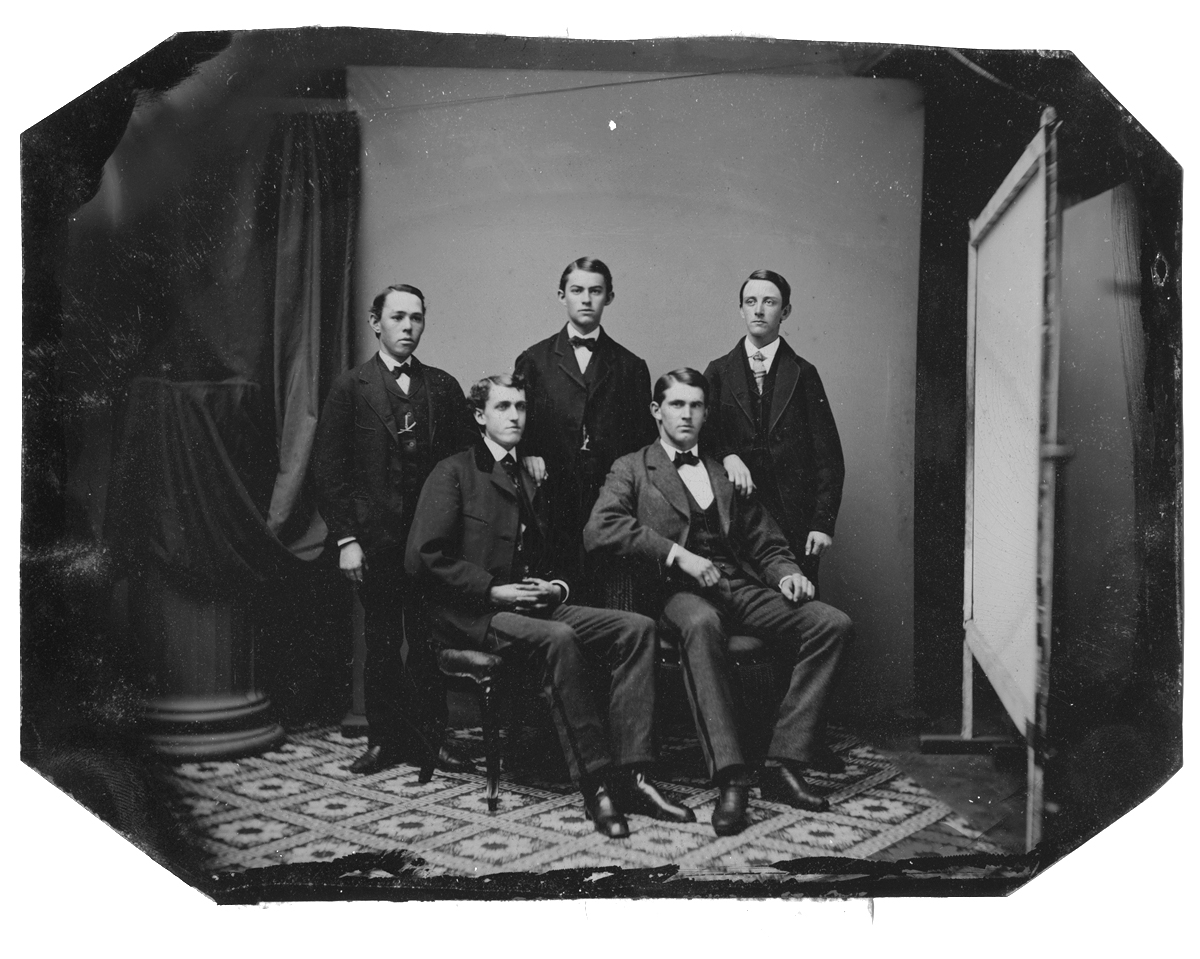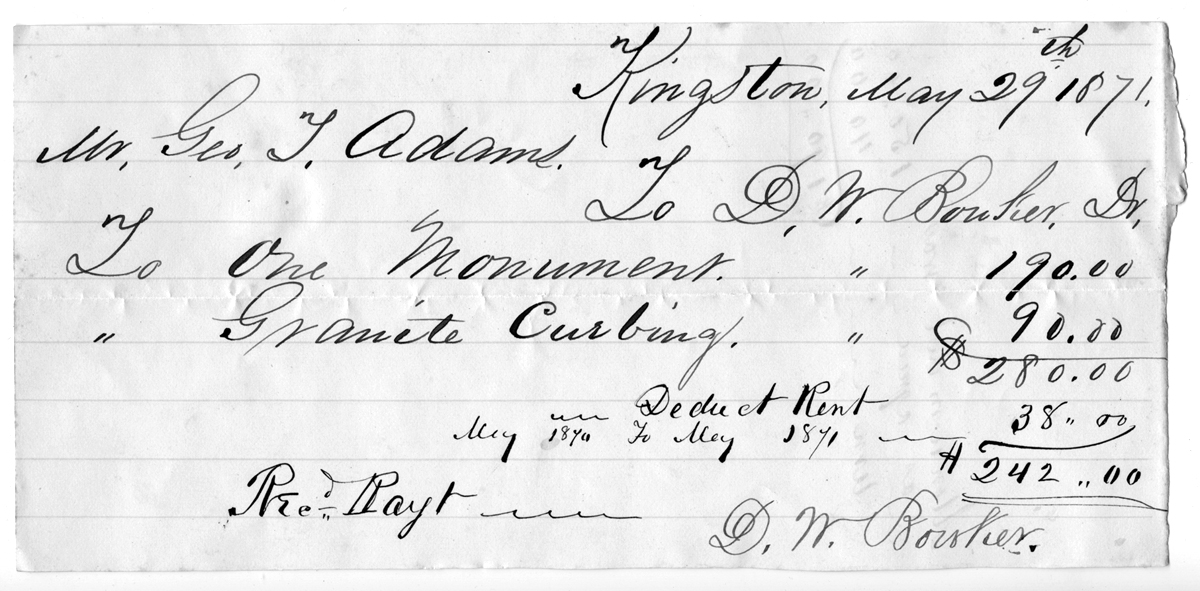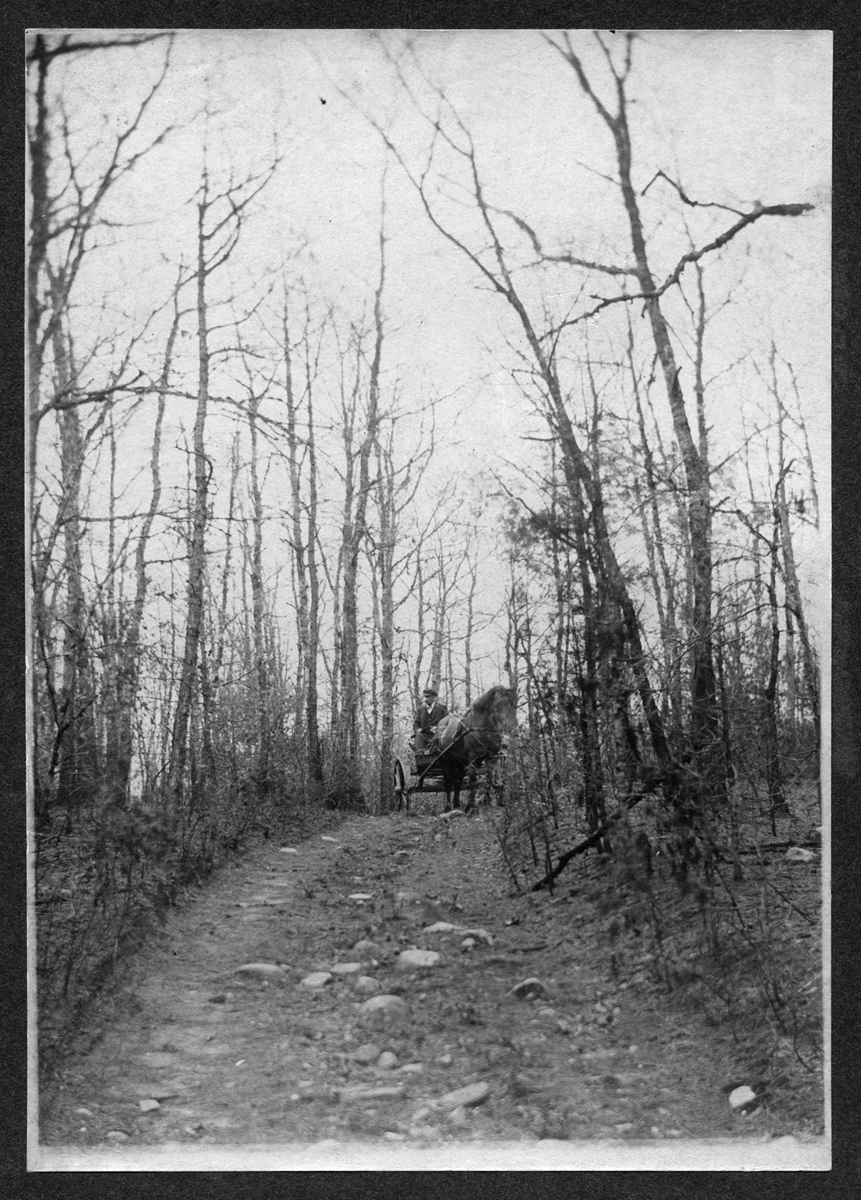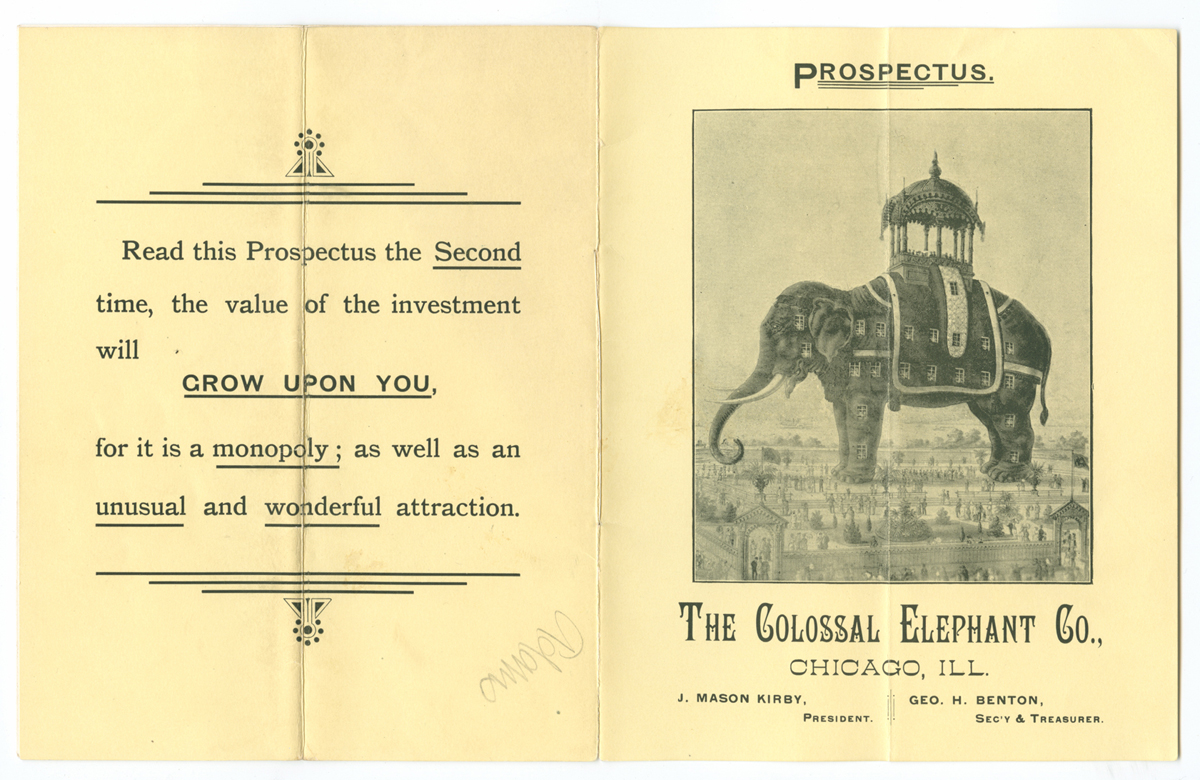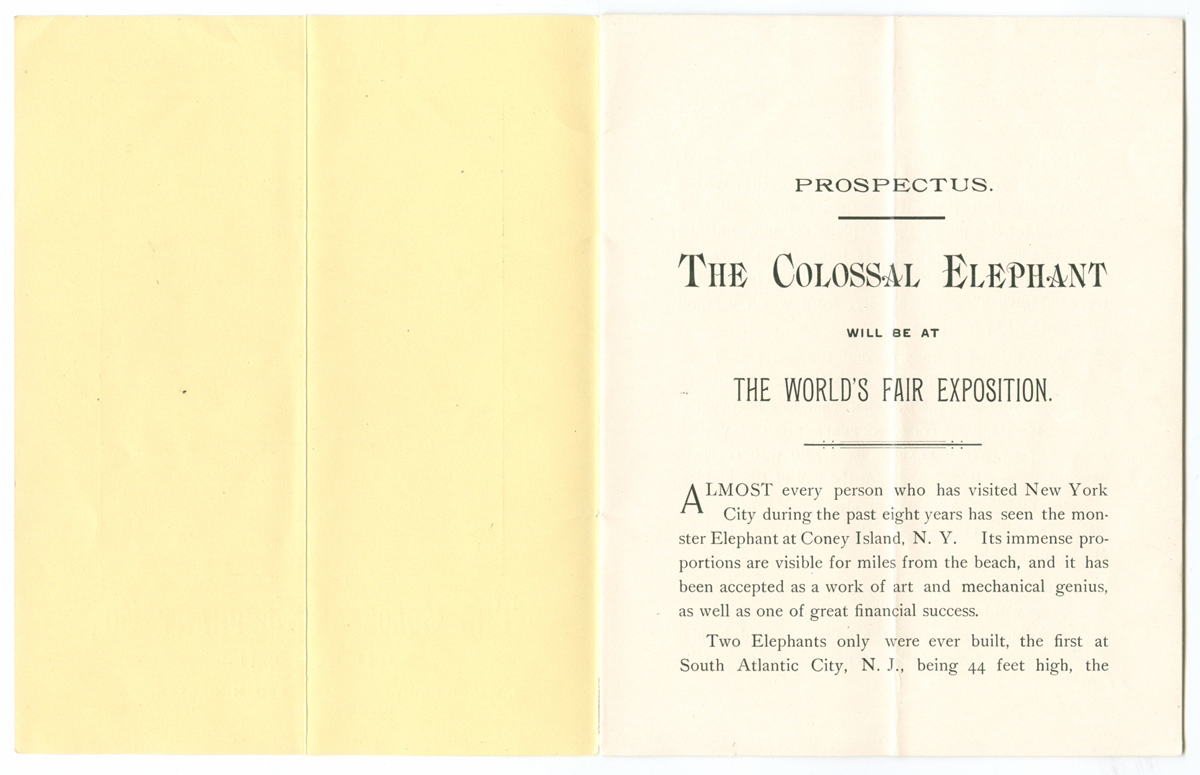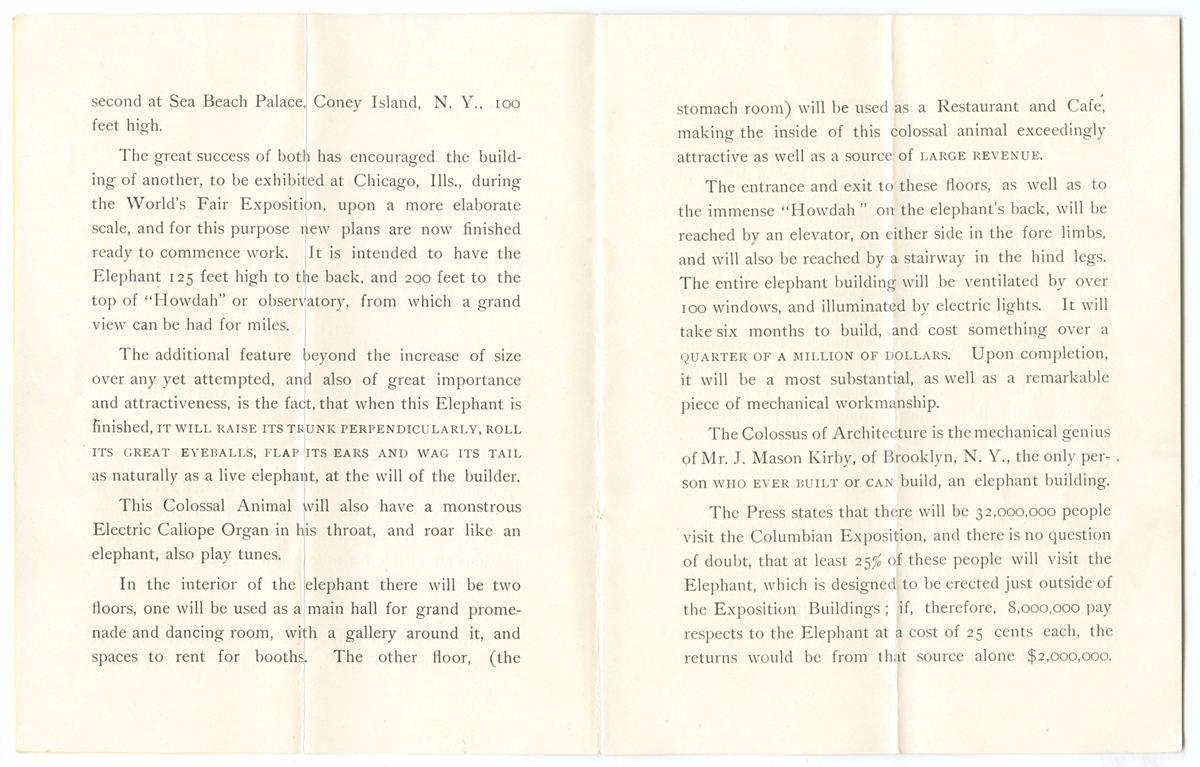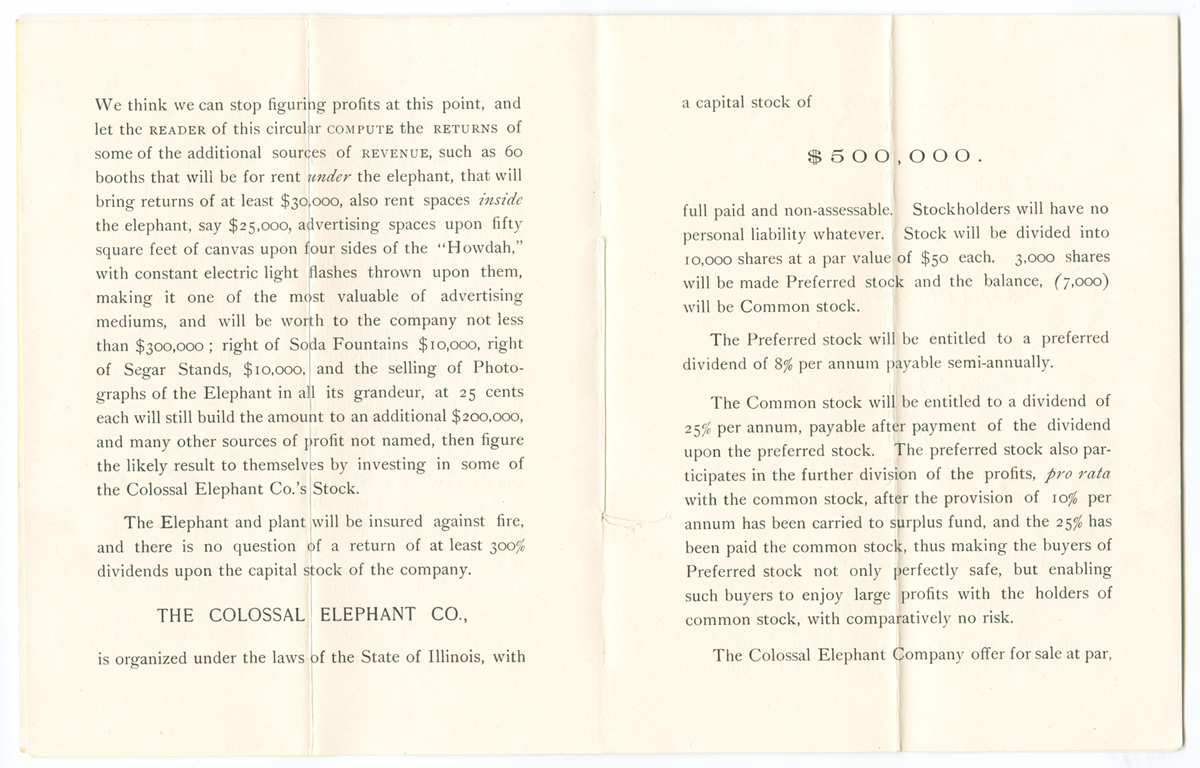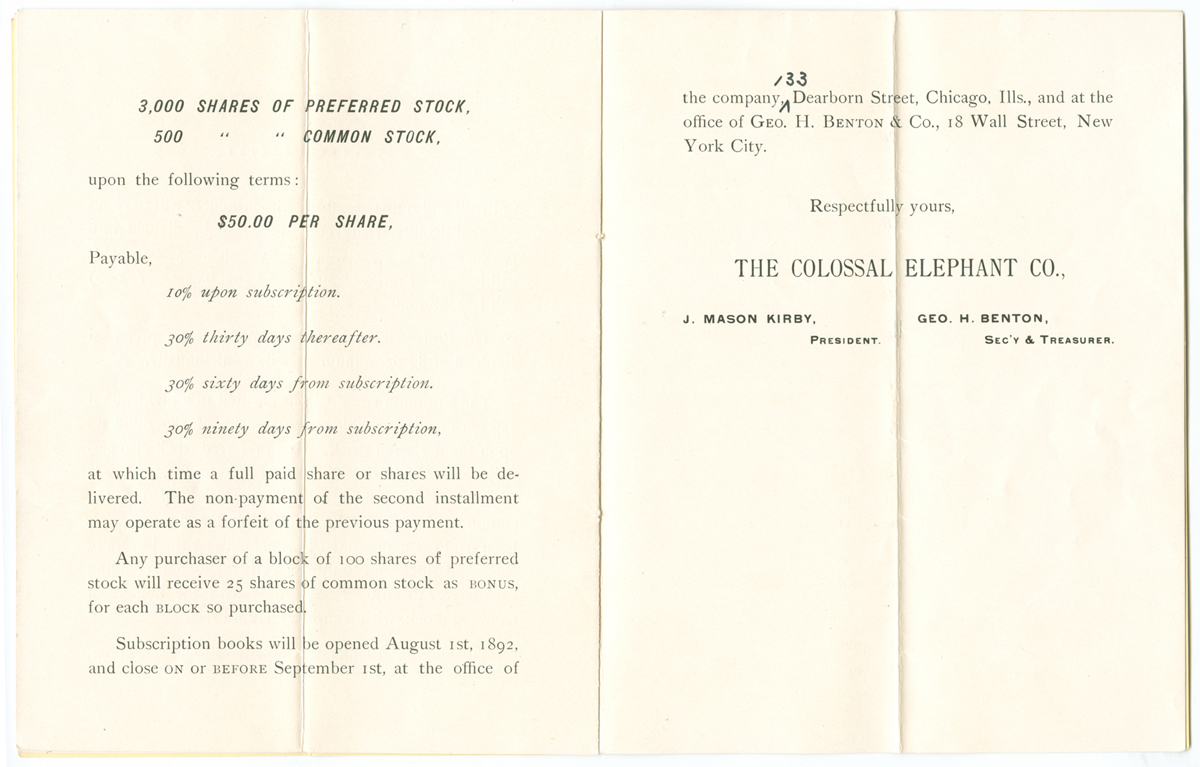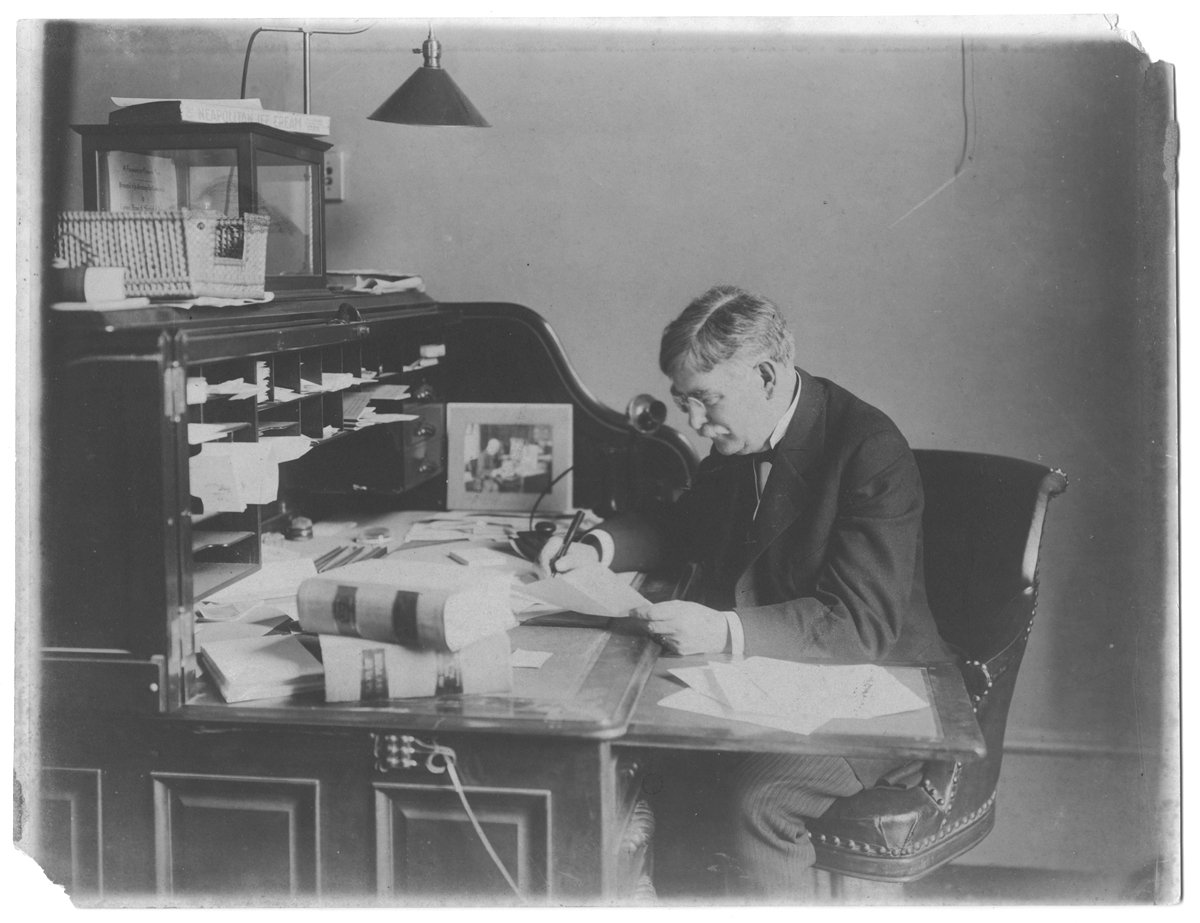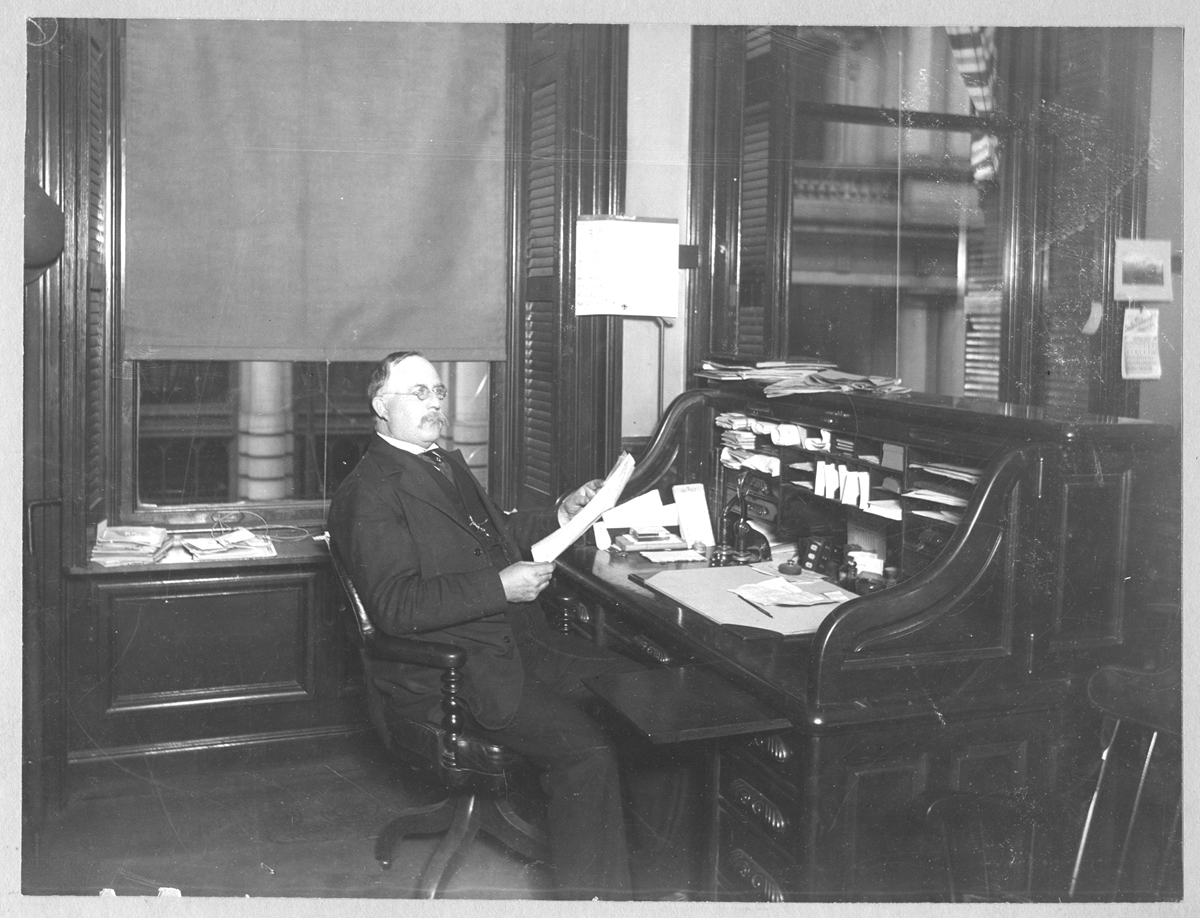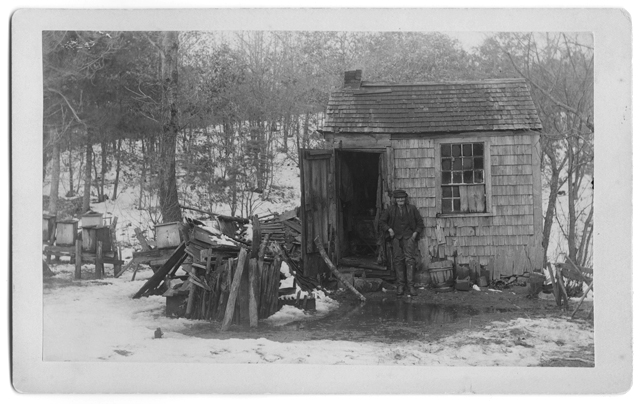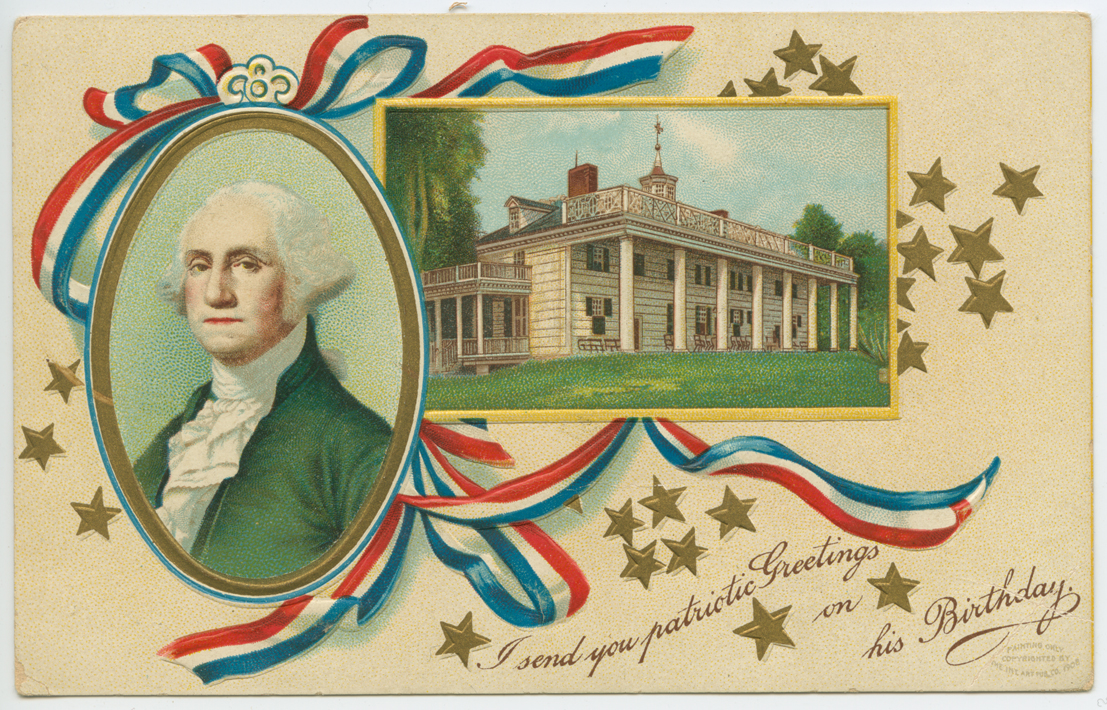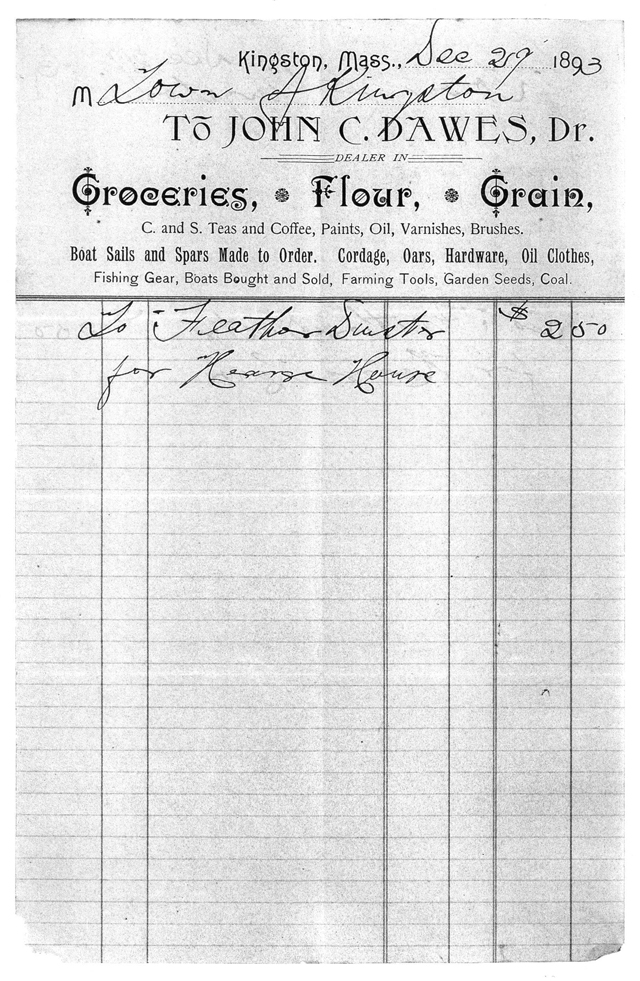April is National Poetry Month, so here is a poem by Kingston’s own romantic versifier, Benjamin “Cousin Benja” Mitchell. Born in 1828, Benja lived with his parents and sister in picturesque Thatchwood Cottage on what is now Brookdale Street near the Duxbury line. He spent much of his life roaming the woods and fields, communing with Nature and God, then returning home to inscribe his bursting spirit on the page. He wrote poems, short essays and obituaries in verse, many of which were published in literary journals.
After suffering from consumption for several years, Cousin Benja died on April 23, 1865. His beloved sister Julia gathered his papers and had his works published in 1866.
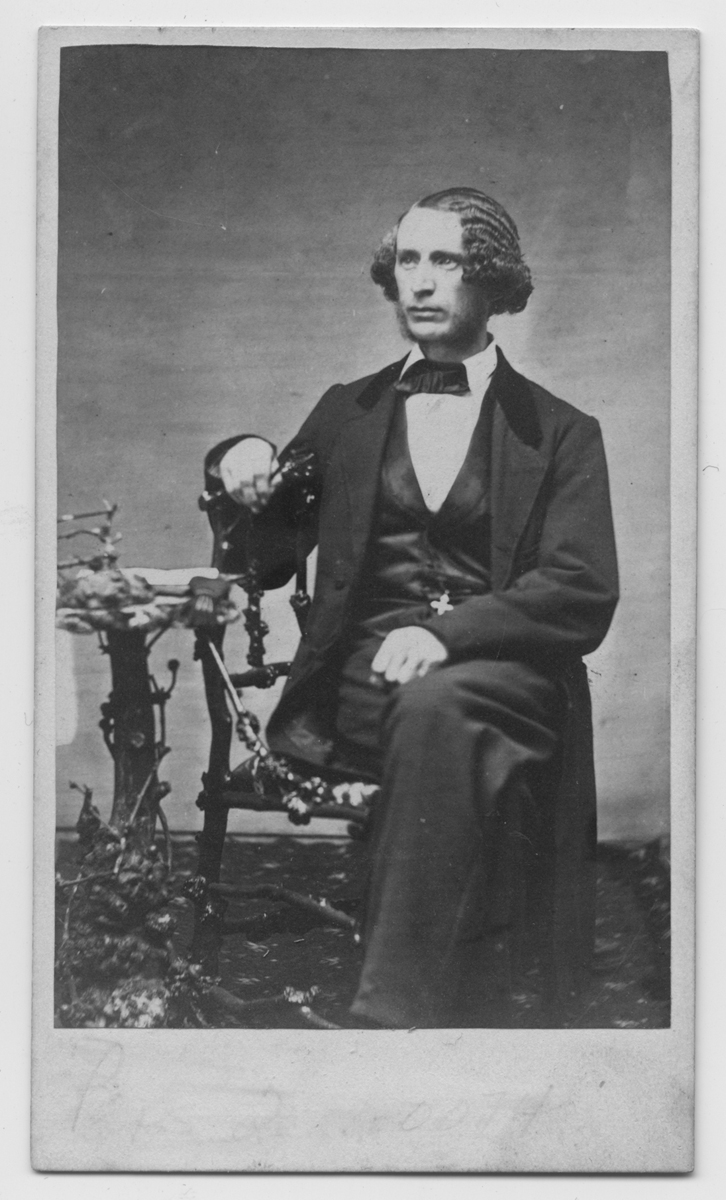
Natural and Happy
I am Nature’s own child — I am wild and romantic,
I love the green fields and the shady old wood ;
And the songs of the streamlets — oh, they drive me most frantic,
As they dance o’er the pebbles in frolicsome mood !
There’s the old rustic bridge that was built by our fathers,
And the wall by the cow-path, so mossy and old,
Is more dear to my heart than a bag full of dollars ;
Than the rustling of silks, or the shining of gold ;
And oft when my hopes in the future do falter,
And visions of darkness have shrouded the mind ;
With a mossy old stump in the woods for an altar,
Have I prayed that my heart be kept gentle and kind.
Let those who delight heaps of gold to be piling,
Pile on, if they choose, till it reaches the blue ;
But be sure that when death sends his arrows a flying,
That a balance of credit has been given to you !
I know it is thought when the beard has grown stronger,
And a row of dark whiskers has mantled the face,
That we should be childlike and gentle no longer,
And to “become like a child” is almost a disgrace !
Just let a man live in accordance with Nature,
Appear as God made him, and use common sense,
He would soon take a trip out to Taunton or Worcester,
Where his board would be paid as a public expense !
I know that my friends are oft shocked at my capers,
And wish I would learn to behave like a man ;
Wear fashionable airs in preference to Nature’s —
And I’d like much to please them, but ’tis more than I can.
They may laugh at my notions, and say that I’m odd,
But I care not a whit for the laugh or the sneer ;
If I’m true to my nature, and true to my God,
‘Twill be well with me always, with nothing to fear.
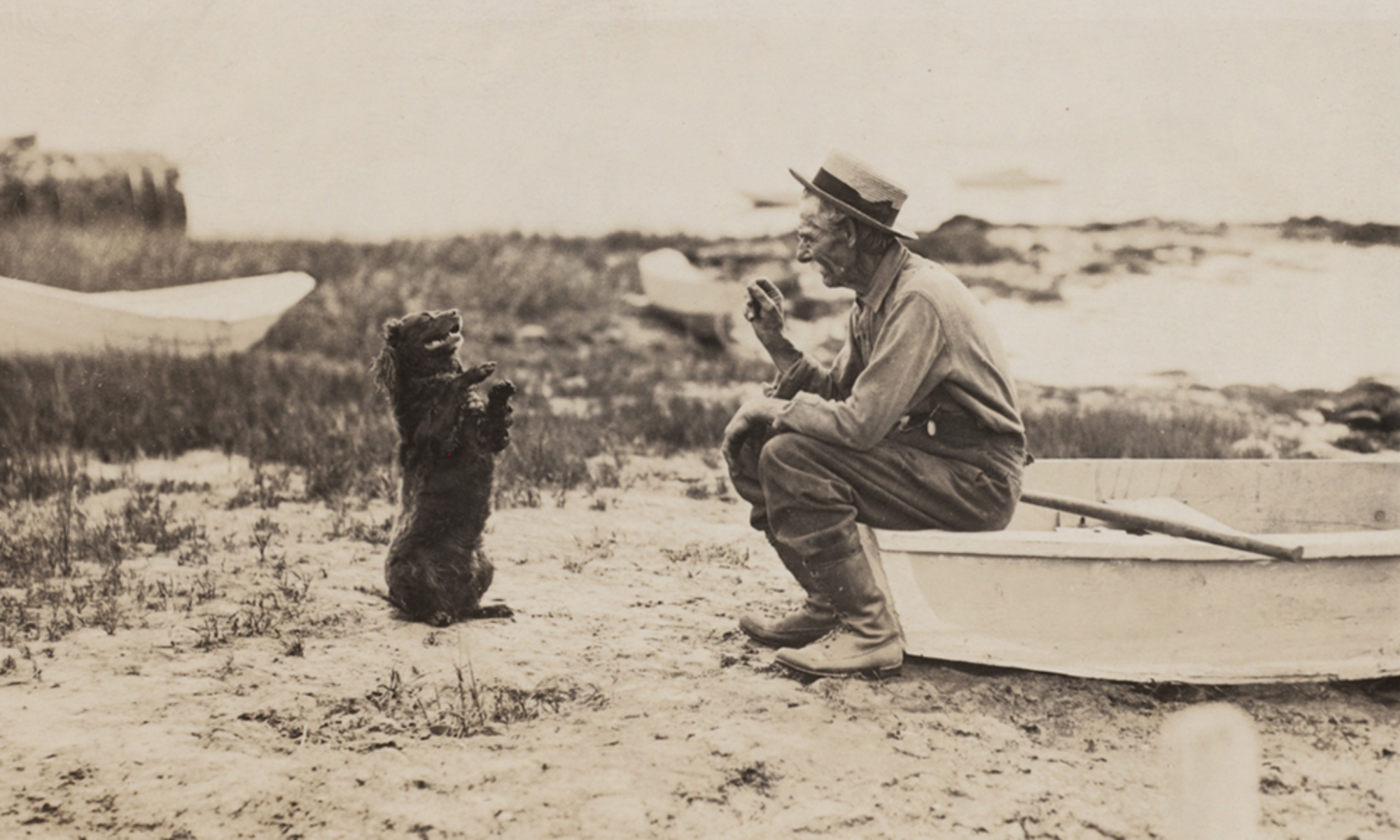
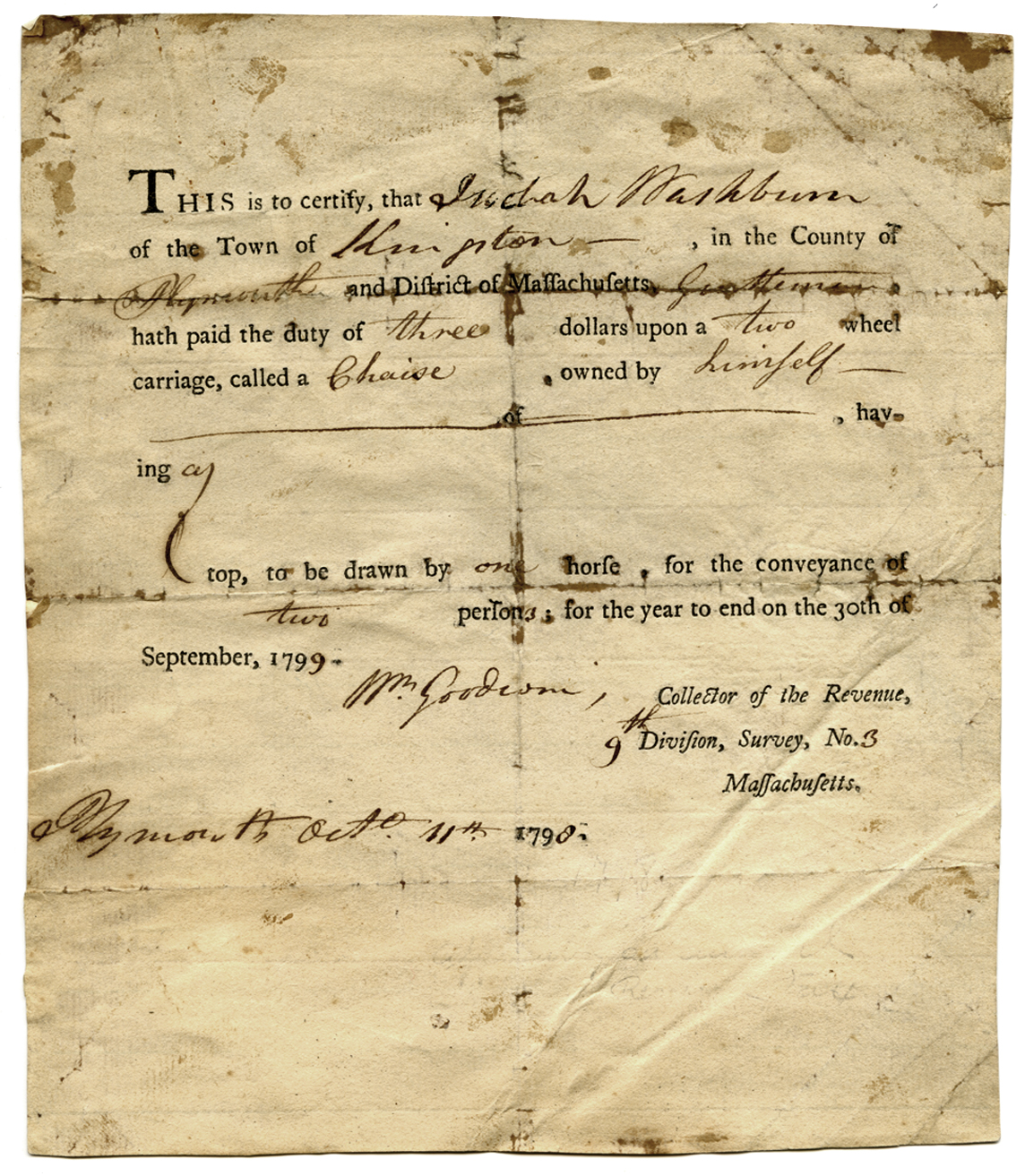
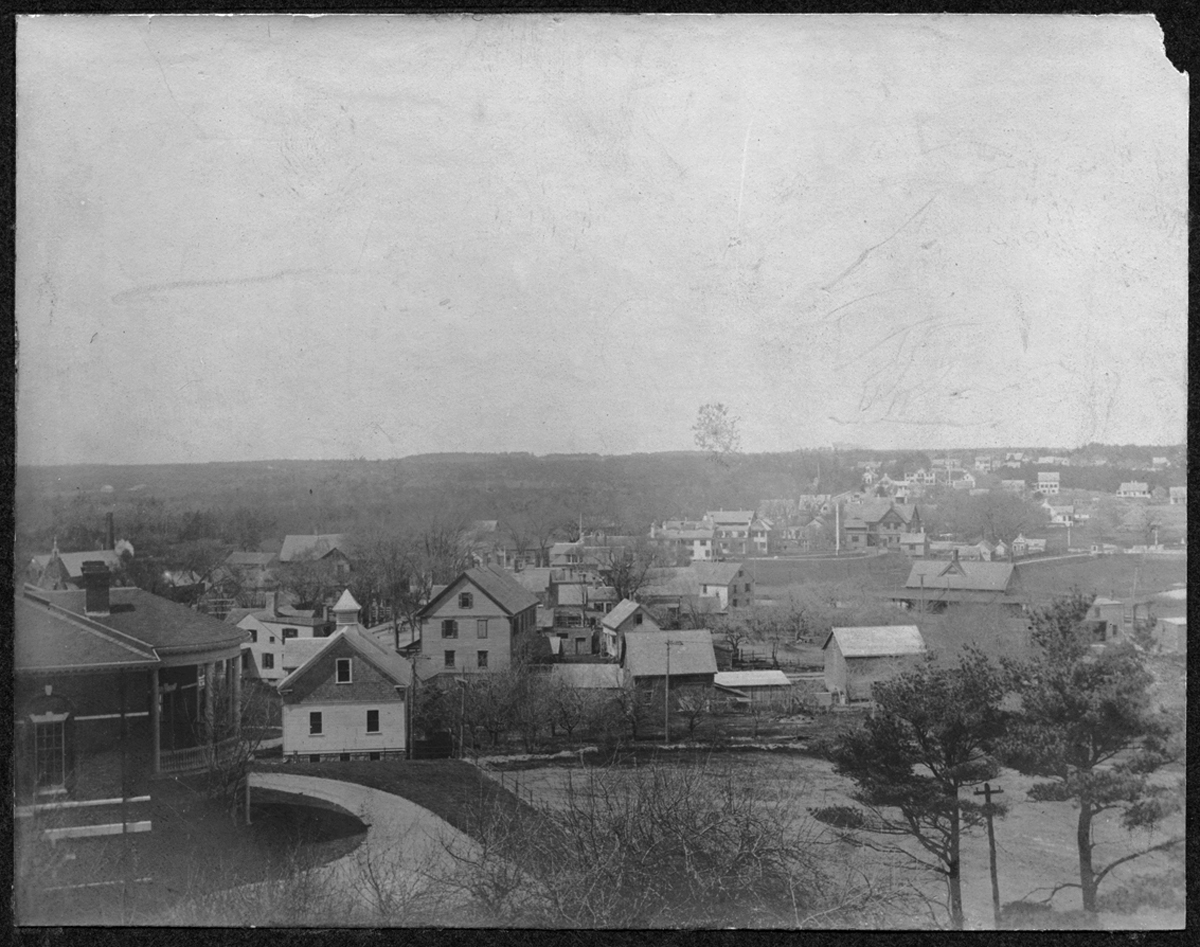
![Horatio My Son, Brady began to change about the time you left. I sent up for Dr. Jones about 6 -- he has been [unconscious?] since[.] I sent Fred immediately to Plymo [Plymouth] for the Dr. and am expecting him every moment but it is of no use for he is rapidly passing away. You can come down or not -- It will be finished before another Sun. Father & Mother Note to Horatio from Father and Mother, October 1870 (date supplied)](https://www.kplma.org/pique/wp-content/uploads/2011/03/doc-11-0007-mc23.jpg)
